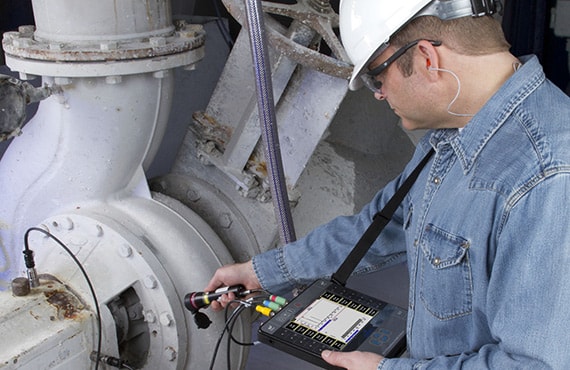EN 13356 – Visibility Accessories for Non-Professional Use Testing
The European Standard EN 13356 specifies performance requirements and test methods to ensure the visibility of accessories used by non-professionals, such as cyclists and pedestrians. This standard is crucial in enhancing safety on roads where visibility can be compromised due to adverse lighting conditions.
Visibility accessories include, but are not limited to, reflective clothing, helmets, shoes, and other items worn or carried by individuals engaged in outdoor activities during low-light periods. The primary goal of this regulation is to improve the recognition and safety of non-professional users who may be more vulnerable due to their visibility limitations.
The standard encompasses a series of tests designed to evaluate the reflectivity and brightness levels under various conditions. These tests are conducted in controlled environments that simulate real-world scenarios, including different angles of light incidence and observer distance. The outcomes ensure that these accessories meet stringent performance criteria before being approved for use by non-professionals.
The standard is particularly important given the increasing number of accidents involving cyclists and pedestrians at night or during low-light conditions. By mandating rigorous testing procedures, EN 13356 helps reduce incidents where visibility issues contribute to mishaps.
Compliance with this standard not only enhances safety but also contributes positively to public perception regarding the responsible use of roadways by non-professionals. Manufacturers and suppliers who adhere to these standards can gain a competitive edge in the market, as they demonstrate their commitment to user safety and regulatory compliance.
Our laboratory is equipped with state-of-the-art facilities that allow us to conduct EN 13356 testing effectively. Our team of experts ensures accurate measurement and interpretation of test results, providing clients with reliable data that can inform product development and quality assurance processes.
Scope and Methodology
| Test Parameter | Description |
|---|---|
| Reflectivity Measurement | This involves measuring the reflectance of the accessory under various angles and light intensities. The standard specifies minimum reflectivity values that must be met. |
| Brightness Measurement | The brightness of the accessory is assessed to ensure it can be seen from a distance within specified conditions. This includes testing under different ambient light levels and observer distances. |
| Light Angle Testing | This test evaluates how well the accessory reflects light at various angles, ensuring that it remains visible even when viewed from different directions. |
| Environmental Conditions Simulation | The testing environment simulates real-world conditions to ensure that accessories perform reliably under a range of climatic and lighting scenarios. |
Eurolab Advantages
Our laboratory offers comprehensive services for EN 13356 testing, leveraging our expertise in both technical and regulatory matters. With a team of qualified professionals, we ensure that each test is conducted meticulously to meet the highest standards.
We provide detailed reports on all tests performed, offering insights into areas where improvements can be made. Our clients benefit from access to cutting-edge technology and methodologies, ensuring accurate results every time.
In addition to testing, we offer consultancy services aimed at helping manufacturers understand the standard thoroughly and implement it effectively within their processes. This support ensures that products not only pass regulatory requirements but also meet market expectations for safety and performance.
Our commitment to quality and compliance is reflected in our certifications and accreditations, which guarantee the reliability of our services. Clients can trust us to deliver consistent results that are both accurate and compliant with international standards.
Environmental and Sustainability Contributions
The promotion of visibility accessories through EN 13356 contributes significantly to road safety, which is a key component of sustainable urban planning. By reducing the risk of accidents involving non-professionals, this standard indirectly supports broader environmental goals by minimizing healthcare costs and promoting safer transportation practices.
Our laboratory’s involvement in these tests further supports sustainability efforts by ensuring that products meet stringent performance criteria. This not only enhances public safety but also plays a part in reducing the overall carbon footprint associated with road accidents.
We are committed to continuously improving our methods and facilities, adhering to best practices in environmental stewardship. Our clients can be assured that they are contributing positively to sustainable development through their compliance with this standard.





